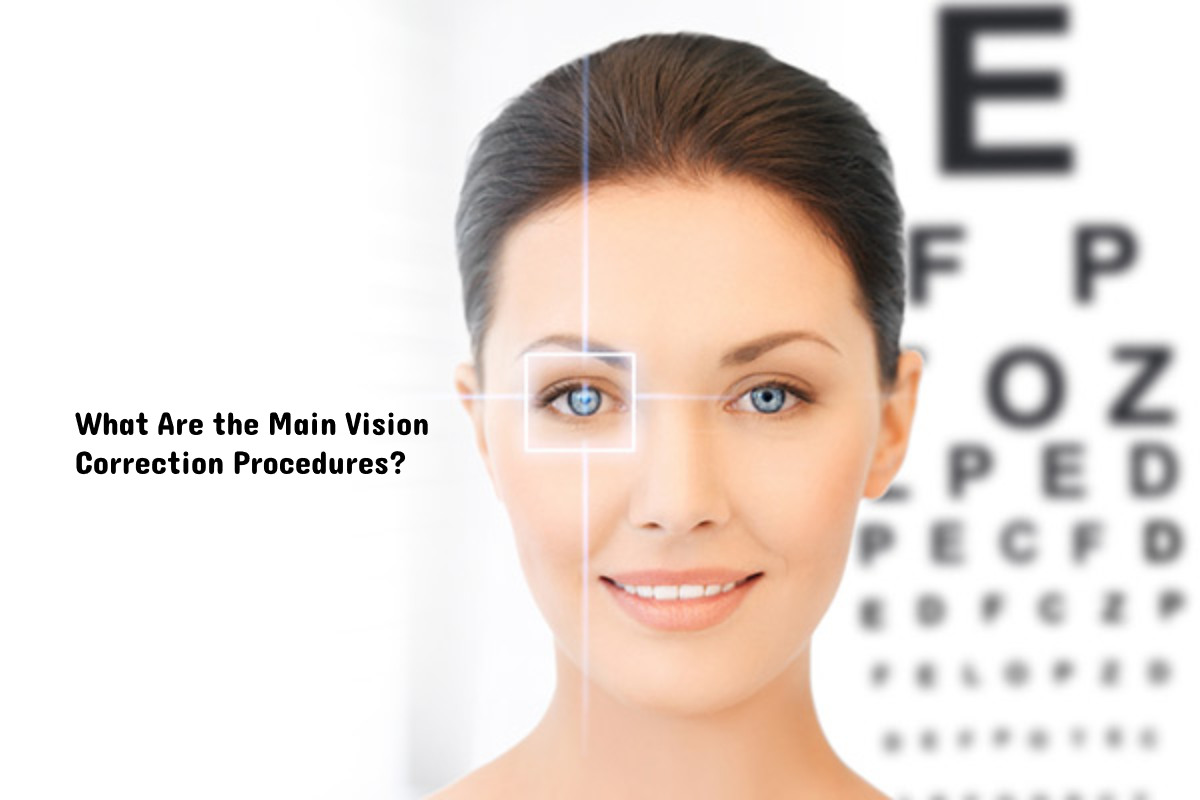Vision Correction Procedures – Did you know that several surgical procedures are available for patients who want to enhance their eyesight? Glasses may provide a short-term solution, but they might be cumbersome and pricey to use regularly. That’s why plenty of folks go with surgical options to improve their eyesight.
LASIK is a popular choice among those who seek better eyesight. In most cases, the surgery is quite effective and provides various benefits. Since its benefits easily outweigh its few downsides, it isn’t hard to see why it’s so popular. Since this is eye surgery, you’ll need to consult doctors at a cutting-edge clinic for safe treatment.
You’re probably wondering how much LASIK costs. While many insurance companies may not cover LASIK, the procedure may be cost-effective in the long run. LASIK seems to be a long-term solution to blurry vision because glasses need frequent replacement and are fragile.
Are you interested in learning more about LASIK eye surgery in Kansas City? This article will saunter you through the fundamentals.
Table of Contents
What is LASIK?
LASIK is leading the market for surgical interventions to improve eyesight. Since the procedure was first performed in the United States in 1995, many changes have been made. Extensive research has been conducted on LASIK’s ability to lessen or remove the patient’s requirement for corrective eyeglasses. The surgery may correct refractive errors, astigmatism, and many other conditions.
The great majority of LASIK patients see an improvement in their vision. While this is sufficient for most daily activities, some people may require glasses after surgery for certain activities. However, that shouldn’t deter you from considering this surgery!
LASIK has earned a great reputation since treatment seldom results in complications. Common side effects include dry eyes and momentary visual impairment, which often disappear within a month.
People with mild myopia had the best results after LASIK surgery. People with astigmatism who have severe near- or far-sightedness are likely to have less reliable results. Consult your eye doctor Kansas City to determine if LASIK is the best solution for you.
Read on to find out more about Lasik Surgery Pros and Cons.
Pros
- An estimated 98% of patients who undergo LASIK will obtain 20/20 vision
- The procedure is now affordable, unlike previous times when it was out of most budgets
- Quick surgery, with the procedure taking up to 20 minutes
- Patients recover quickly and can go back to normal within a day
- Minimal risk of side effects, with most clearing out within a month
Cons
- Some patients may require multiple surgeries before they receive their desired results
- LASIK may not be suited to some people, especially those with thin corneas
What is the Proper age for LASIK surgery?
The prospect of getting Lasik surgery is determined by many factors, including but not limited to your age. While age can influence, there are no strict age frames for the operation. However, surgeons at most LASIK centers will not operate on those under the age of 18 because their eyesight frequently continues to change throughout adolescence. As laser eye surgery has been performed on youngsters with severe vision issues, note that these are exceptions to the norm. The typical age range for receiving LASIK is between 20 and 40 years old.
There are many vision centers that perform LASIK eye surgery and a less invasive technique called SMILE laser eye surgery. The latest technique for correcting vision, known as “smile laser eye surgery,” requires only a little incision and minimal downtime.
What is SMILE?
SMILE eye surgery is the latest growth in laser refractive surgeries. While the procedure is only used to treat refractive errors, it may be used for astigmatism and other conditions. SMILE has the same effect as LASIK, however, the procedure is different in many ways.
Unlike LASIK, which may last up to an hour, SMILE only lasts 10 minutes. The procedure is performed without the use of general anaesthesia, and anti-anxiety medication is given to help the patient relax. LASIK isn’t a good option when a person’s cornea is too thin. If you have a thin cornea, SMILE will still help your nearsightedness.
SMILE has also been shown to be more stable biomechanically than LASIK. This means that the effects and success of SMILE are slightly greater than those of LASIK. The recovery rate from side effects is higher for LASIK at the seven-day follow-up than for SMILE, but there is no difference between the two procedures at the one-month post-op mark.
Conclusion
If you use glasses or contacts but are tired of the hassle, you may be contemplating LASIK surgery. With the mind-blowing success rate of LASIK, countless individuals are opting for the procedure. Furthermore, a vast majority of people who have opted for the treatment have reported feeling satisfied with the results.
Patients undergoing LASIK surgery can anticipate maintaining their 20/20 vision for many years to come. Whether you’re in the water, playing a sport, or reading a book, you can forget to bring your glasses or contacts. With LASIK, you won’t have to go through the trouble.
While a surgical procedure on your eye may seem daunting, clinics such as the Discover Vision Centers are trained to handle these procedures. If you opt for a world-class facility, you will have little to fear.

